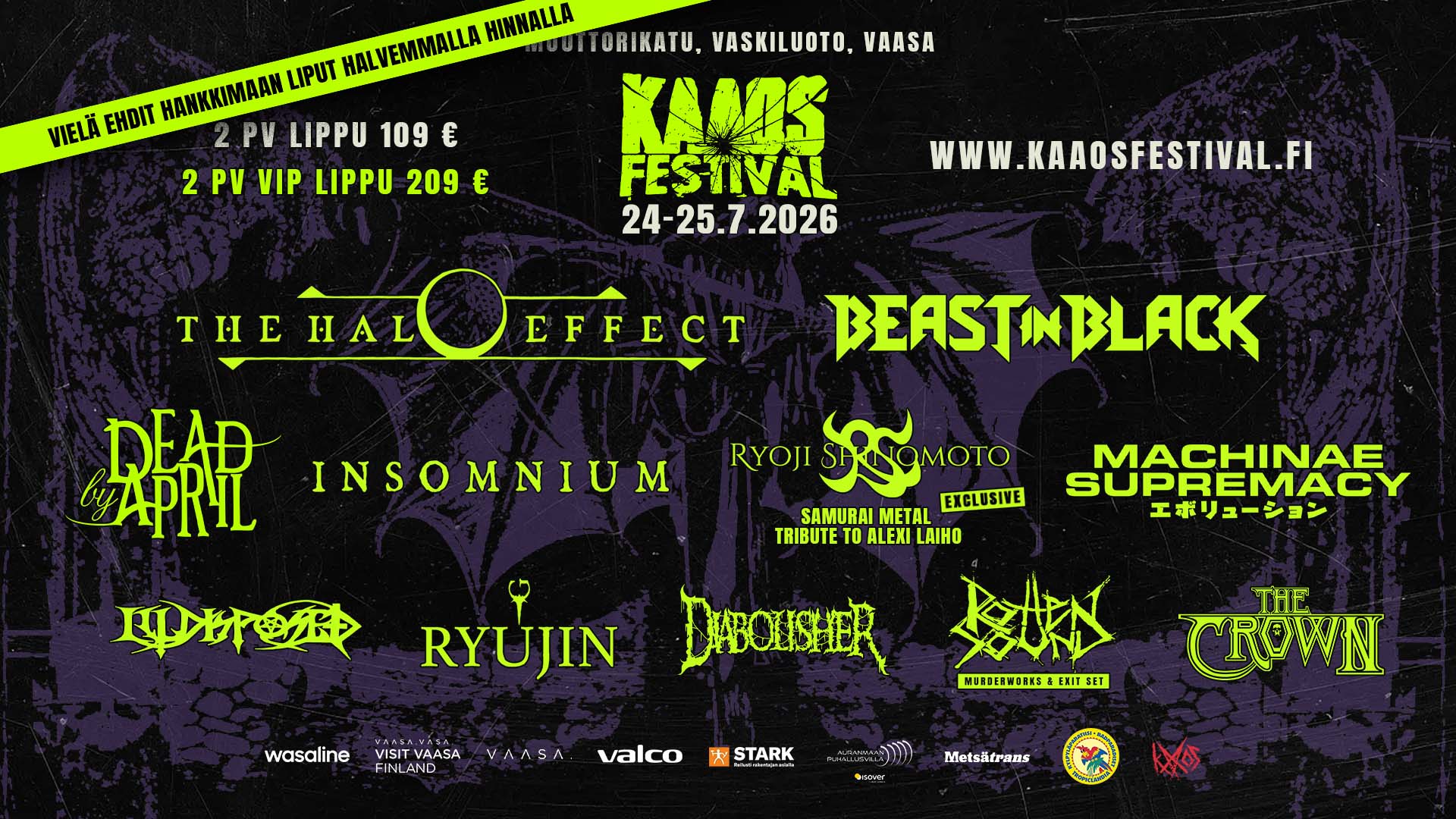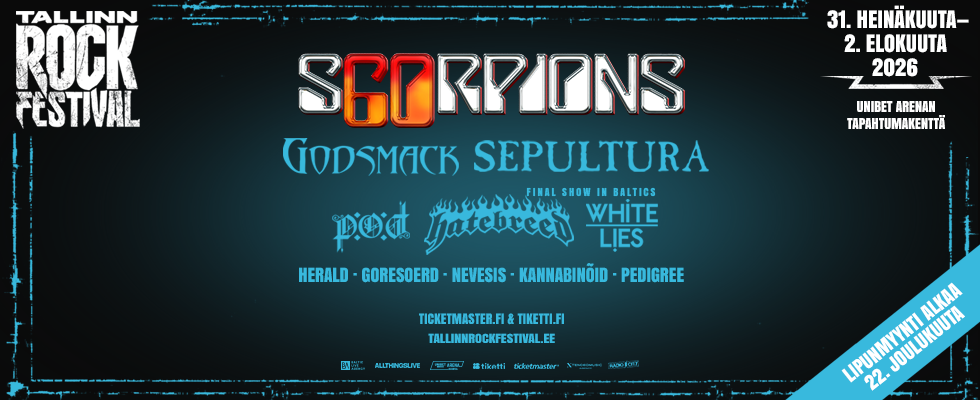Heilungilta uusi musiikkivideo – ”Anoanan” muinaiskieliset sanat ovat peräisin 300-600-luvulla eläneiltä germaaneilta
Rituaalista folkia soittava Heilung julkaisi ensimmäisen näytteen elokuussa ilmestyvältä ”Drif”-albumiltaan. ”Anoana”-nimisen kappaleen sanat ovat peräisin brakteaateista eli eräänlaisista kolikoista tai amuleteista, joita germaanit käyttivät 300-600-luvuilla. Kultaiset amuletit taottiin roomalaisten rauhaneleenä antamasta kullasta, ja niiden arvellaan suojelleen kantajaansa. Yhtyeen mukaan kappaleen tarkoitus on luoda yhteys aikaan, jolloin esi-isämme nauttivat runsaista rikkauksista, ja joka ei ehkä sittenkään ollut niin synkkä kuin yleisesti luullaan.
”The lyrics for this piece are mainly taken from bracteates: golden, circular coins or amulets found in Northern Europe that date from the 4th to 7th centuries CE. They are often fitted with a decorated rim and loop, which indicates that they were meant to be worn and perhaps provide protection, fulfil wishes or for divination. The bracteates feature a very significant iconography influenced by Roman coinage. They were predominantly made from Roman gold, which was given to the North Germanic peoples as peace money. In ’Anoana’, the listener has the chance to delve into a collection of likely encoded spells from the Migration Period and get a touch of magic from the Dark Ages. The intention of the piece is to playfully reconnect to an incantational language of a period where the North was richer in gold than any other region. Our forefathers presumably enjoyed a time of great prosperity and it may make us rethink how dark these ages really were.”


